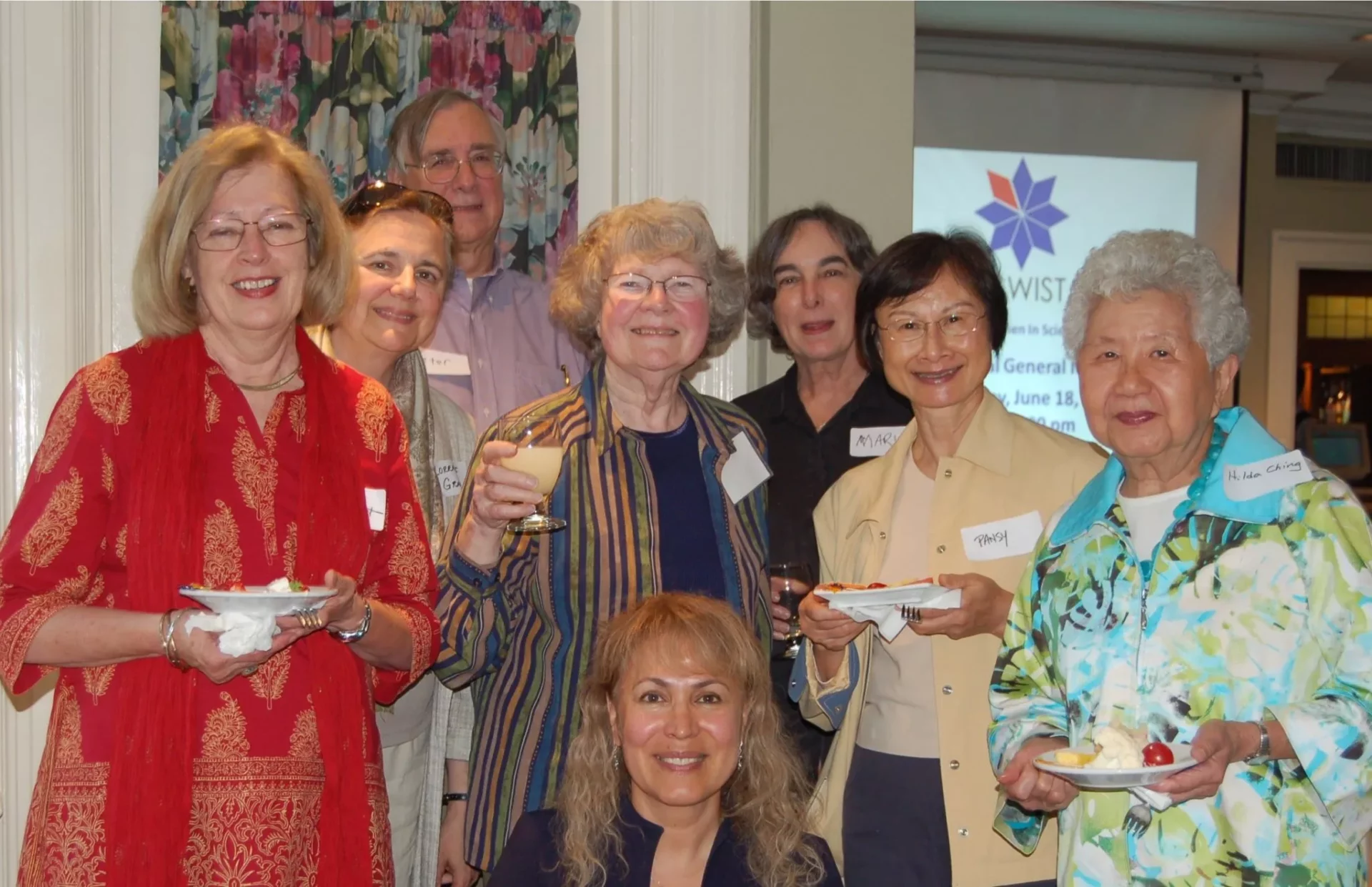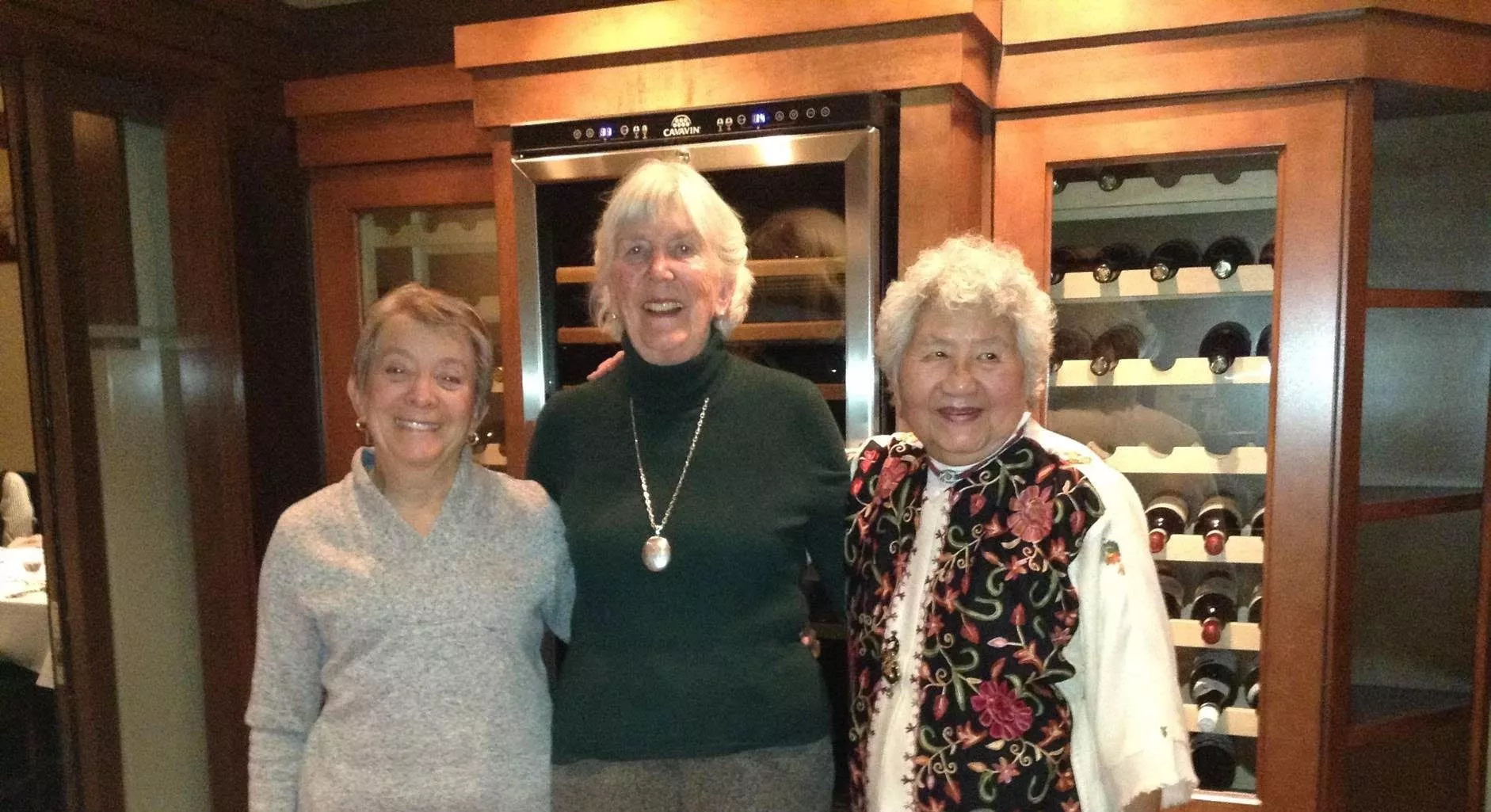Girls in Science was one of the first programs designed for students in the elementary schools. From 1984 to 1988, the summer workshops for girls aged 9 to 12 years were taught by women university students. There an enthusiastic response from the young participants, along with wide community support and generous funding from both the public and private sectors. This program was turned into a community-based project, presented by community centres and community women’s groups – based on the format outlined in the SCWIST publication, Imagine the Possibilities Science Workshop Activities.
ms infinity – Math and Science an Infinity of Career Choices, which began in 1990, was originally a highly successful series of one-day conferences for young women in grades 9 and 10 to present career options in mathematics and the sciences. A series of talks, workshops, and panel discussions included women engineers, mathematicians, geneticists, neuroscientists, technicians and technologists. Hands-on workshops were the main focus and girls were given the opportunity to learn in a cooperative environment that was challenging, but not intimidating. Each participant gained experience in small-group sessions, which ranged from mathematics and kaleidocycles to chemistry and logarithms. From 1990 to 1993, SCWIST sponsored MS Infinity conferences in 15 different communities in B.C. and the Yukon. SCWIST provided guidance with a toolkit filled with sample programs, workshops, lists of role-models for speakers; training in Vancouver for a community liaison person; as well as paying the expenses and honoraria for workshop leaders. These conferences were so successful that many of the sponsored communities started to present MS Infinity -style programs on their own initiative with their own funding.. SCWIST provided guidance and inspiration for the development of similar programs as far away as Prince Edward Island and the Northwest Territories. In 2000, as a result of a 3-year grant from NSERC PromoScience, MS Infinity became a stand-alone SCWIST project with its own coordinator. In 2001, MS Infinity shifted focus from conferences to e-mentoring support. Run by the MS Infinity coordinator, this program created a mentoring relationship between students and mentors by providing the opportunity for professional women to act as role models for young students.
Project Tomorrow – For 8 years, during the 1990s, SCWIST members presented seminars and data for parents, parent advisory committees, and teachers of elementary school children to encourage them to sustain girls’ interest in STEM.
X-Plore Science Careers CD-ROM – This multimedia, interactive CD-ROM profiles eight working-women scientists, includes a self-survey and a listing of career resources. In 1999, it was distributed to public schools throughout British Columbia.
Quantum Leaps was presented for the first time in 1992 during the province-sponsored Science and Technology Week. Quantum Leaps enabled students to meet with women currently working in science, engineering, and technology. SCWIST and Douglas College in New Westminster collaborated on the first conference. The Quantum Leaps program ran as an after-school conference geared towards Grade 11 girls and, along with Douglas College in New Westminster, was run in many communities in BC including Trail, Kamloops, Grand Forks, and Surrey. Today, Quantum Leaps is a conference toolkit including seed funding and mentorship for organizers who run the conferences in local communities.
Female Friendly Science focused on teaching strategies that help young women in high school feel more at ease with the physical sciences. Ideas from this committee were presented by SCWIST at the 1991 National Science Teachers Association conference held in Vancouver. A handbook of chemistry and physics teaching materials for BC highschool teachers was scheduled for publication in 1993, with financial assistance from the Gender Equity Committee, BC Ministry of Education.
What Do Scientists Do? is a video SCWIST produced in 1990, as a four-part series on science careers for intermediate students. Based on a research project carried out by grade 7 students in Vancouver, the video portrays women scientists at work in a variety of settings. It is available to teachers from the BC Ministry of Education, and was regularly broadcast on BC’s Knowledge Network between 1991-1994.
The Registry of Women in Science, Engineering and Technology was started as an on-line database, listing women working in the sciences and technologies in B.C. and the Yukon and made available to the public on a user-fee basis in 1993.
The first ms infinity Science Day was held in 2003. Science Day provided hands-on workshops for Girl Guides to help them earn their Computer Science, Scientist and Engineering badges.
Where are the Women? in high-tech fields in science and technology in British Columbia. – This report was commissioned by SCWIST in 1999 and revealed the large gender disparity that existed in the high-tech industry with women comprising only 14.4% of the high-tech workforce in BC and 16% in Canada. Among the reports recommendations is that the lack of women enrolled in computer science programs needs to be addressed and companies should make the workplace more gender friendly. Employment opportunities were growing in the high-tech sector in BC and the industry needs to attract more women to fill the vacancies. Women who worked in the sector highlighted in the case studies in the report revealed high job satisfaction.
Wonder Women Networking Evening: Since the 1990s, and continuing to this day, SCWIST organizes an annual networking event in partnership with Science World. Originally called XX Evening at Science World and now known as Wonder Women Networking, this annual event brings together post-secondary students with women working in the STEM sector for mentorship, networking and inspiration.
Immigrating Women in Science (IWIS) One of SCWIST’s flagship programs, designed by Shauna Paull in 2001, IWIS has expanded to support more women and increase its community presence. IWIS provides support and resource information to immigrant women in STEM who are newly arrived in Canada. In 2003, IWIS received funding approval from Status of Women Canada (now WAGE), for a community research project to address critical issues affecting the career continuity of immigrant and refugee women in STEM. IWIS provides an e-resource for women; responds to requests for credential accreditation information, referrals, immigration information’; liaisons with community and immigrant serving groups; provides mentorship and collaborates with other organizations

